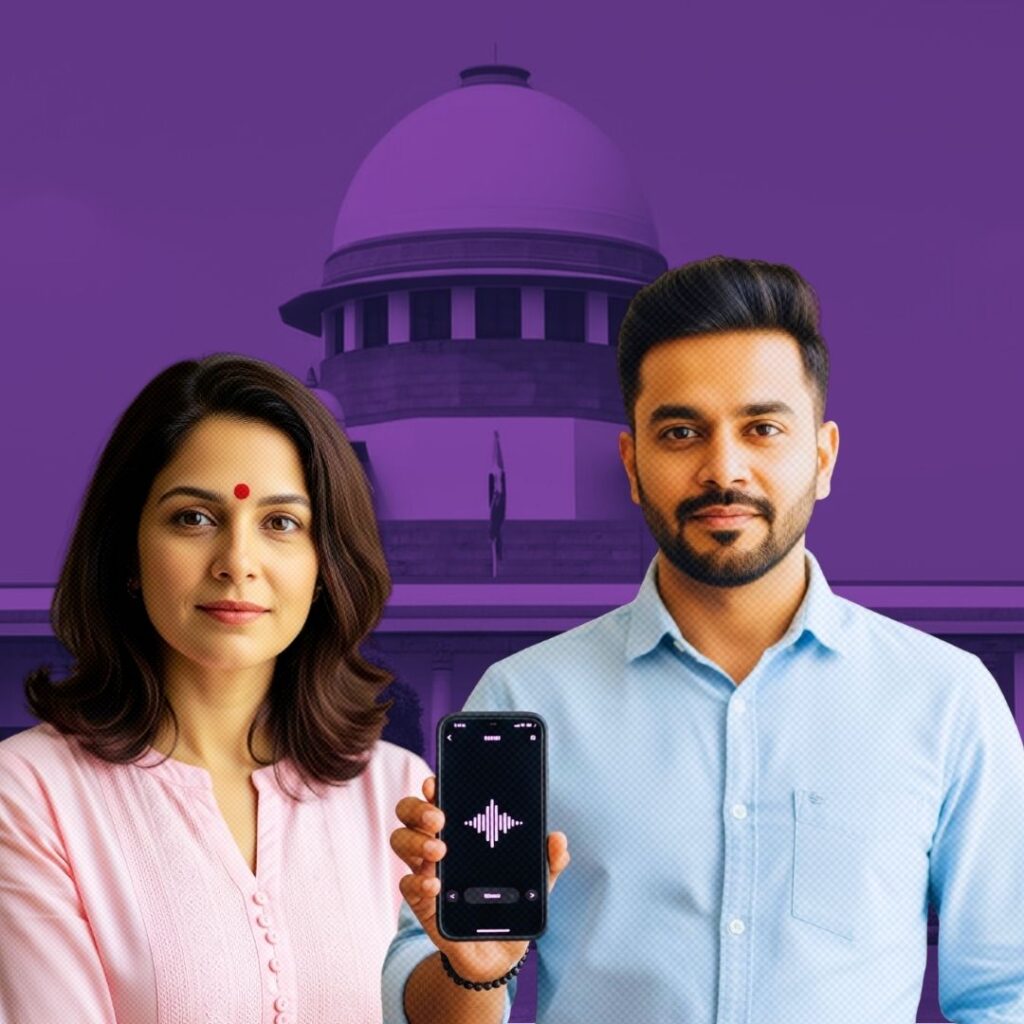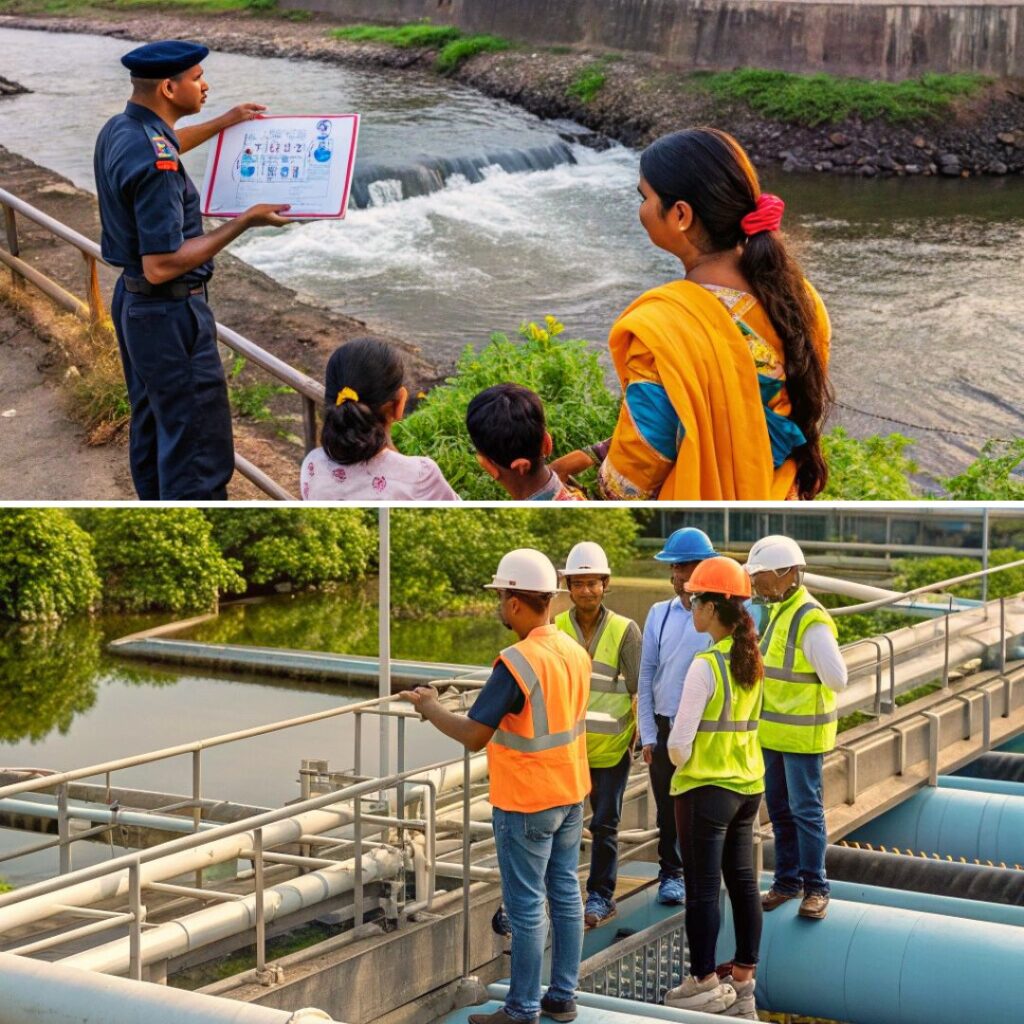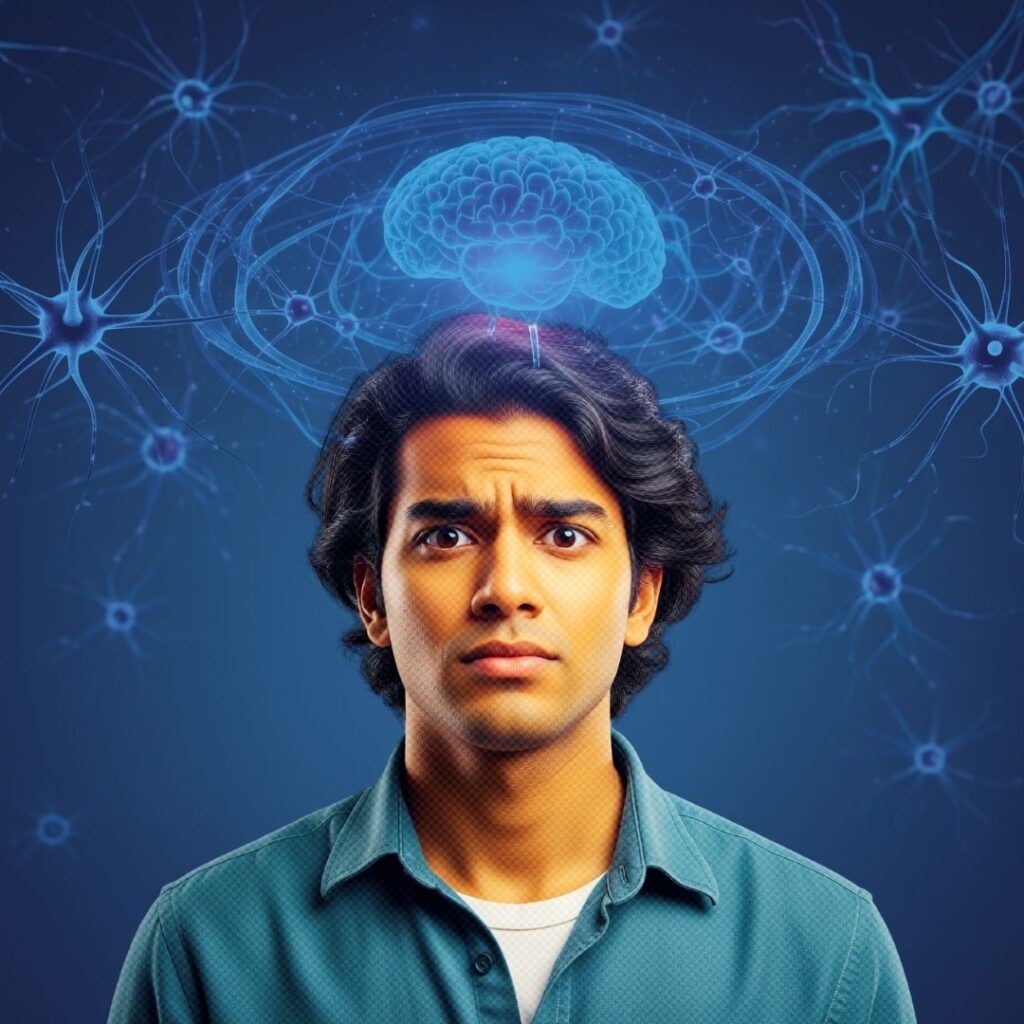Image Source: newscientist
When death knocks at the door, one is ready to try out the most unbelievable of cures in order to save one’s life. This is what happened with Ashleigh Richards and Lisa Foley who faced the possibility of their younger daughter, Layla’s death.
Medical History
The newly-born Lyala was diagnosed with acute lymphoblastic leukemia at the tender age of 14 weeks. This disease is characterized by the release of vast numbers of immature immune cells into the blood by cancerous stem cells in the bone marrow. She was immediately rushed to the great Ormond Street Hospital in London (GOSH) and needless to say, Lisa was of the opinion, “We didn’t want to give up on our daughter, though, so we asked the doctors to try anything”.
The conventional treatments had already failed. Layla had been treated with chemotherapy, but was among the unlucky 75% of patients her age who fail to respond to this treatment. Even after chemotherapy, cancerous cells were detectable in blood. However, it was decided to try a bone marrow transplant. “We hoped for a graft-versus-leukaemia reaction,” says Paul Veys, head of bone marrow transplants at the hospital. In this the immune cells from the donor bone marrow attack the cancer cells. Unfortunately, this too failed.
The Last Ray of Hope
It was then that the hopeless mother requested the team of doctors to try anything at all, refusing to go for the palliative care till the child passed away, as advised by them. The “Anything” that the doctor did was to try out a highly experimental genetic therapy which had been previously tried only on mice. It had never been clinically tested on human beings and could also have devastating effects on Layla. The doctors went ahead because the parents permitted them – “We had to do something.” Waseem Qasim of University College London (UCL) was emailed. He is developing a form of gene therapy to treat cancer.
Old Gene Therapy
A similar therapy consists of removing immune cells from the patient’s body, shipping them to a plant to be modified, transporting them back to be re-injected into the patient’s body. Some trials which involve adding a gene for a receptor called CAR19, which attaches itself to T-cells and attacks cancerous cells, have been undertaken earlier. T-cells are the immune cells that ward off cellular abnormalities and infections. However, this process is time-consuming, cumbersome, logistically challenging and costs a fortune. Moreover, in Layla’s case there were not enough healthy T-cells since she had already undergone several rounds of chemotherapy. “She was too small and too sick,” says Qasim.
The Alternative New Genetic Editing
The therapy tried by Qasim is slightly different and is being developed by researchers at GOSH, UCL’s Institute of Children’s health and Cellectics, a biotech company. They do not rely on the patient’s weakened immune system. Instead, they develop a bank of pre-engineered “off-the-shelf”, one-size-fits-all T-cells from healthy donors which are modified using a “molecular scissors”.
What does that mean?
If T-cells from a donor are injected into a recipient whose blood does not match perfectly, usually the T-cells in the recipient’s body would attack the foreign cells. Hence, with the help of gene editing, a gene in the donor cells is disabled. The disabled gene would have been the one recognized by the receptor as foreign and hence killed. In the absence of this gene, the donor T-cells would not be recognized as foreign by the receptor, and hence not attacked.
In Qasim’s case the molecular scissors used for gene editing were of a kind known as TALEN proteins. The T-cells from donors were cut and rendered impervious to leukemia drugs, which would ordinarily kill them. A new programming which directs them to hunt down and fight against cancer is pasted instead. The editing also prevents the donor cells from attacking anything else it comes across (like the patient’s own cells). Thus, there is targeted attack on cancerous cells. Qasim’s team also disabled a second gene in the donor T-cells, which made them invisible to one of the drugs, an antibody, given to the patient.
Risk of Fatality to the Child
As noted already, Qasim’s engineered T-cells, called UCART19 cells, had only been tested on mice when he was approached. Layla was the first human baby on whom this gene editing was experimented. The chances that the human trial could backfire were high. In addition, sometimes the molecular scissors make cuts in the wrong places, which would carry a risk of causing adverse effects like turning cells cancerous themselves. However, Lyla’s father, Ashleigh insisted, “but there was no doubt we wanted to try the treatment. She was sick and in lots of pain, so we had to do something.”
It Turned Out to be a Boon
They trusted in an untested medical treatment which proved to be the miracle they had never expected to work. After a few weeks, “the rash” appeared and that was a symptom that Layla’s body was responding to the infusion of genetically modified cells. This was followed by a second bone transplant to restore her immune system. Now the UCART19 cells were recognized by the new healthy immune cells as foreign and destroyed so that Layla does not any genetically engineered cells in her body.
Only Case of a Human Being Saved by Genetic Editing
One year since her birth, Layla is now healthy, although she is being kept under vigilance and observation before being declared completely cancer free. According to her doctors it is still early to predict anything about the new gene editing treatment. Till date this is the second time when gene-edited cells have been used in people, the first trial being in HIV positive patients to make them more resistant to the virus. If successful, Layla’s will be the first case of treating cancer with gene editing.
Cellectis plans to start full clinical trials early in 2016, but the team is all geared to present the case study at the American Society of Hematology meeting at Florida this December. If she is not a one-off case and trials prove to be successful in other patients, this would be a giant leap towards treating leukemia and other cancers. “It’s incredibly encouraging,” opines Qasim, “There are a whole bunch of other disorders we can now create fixes for.” The Logical Indian team wishes Lyala a speedy recovery and prays that this would pave the way for future cancer treatments!











